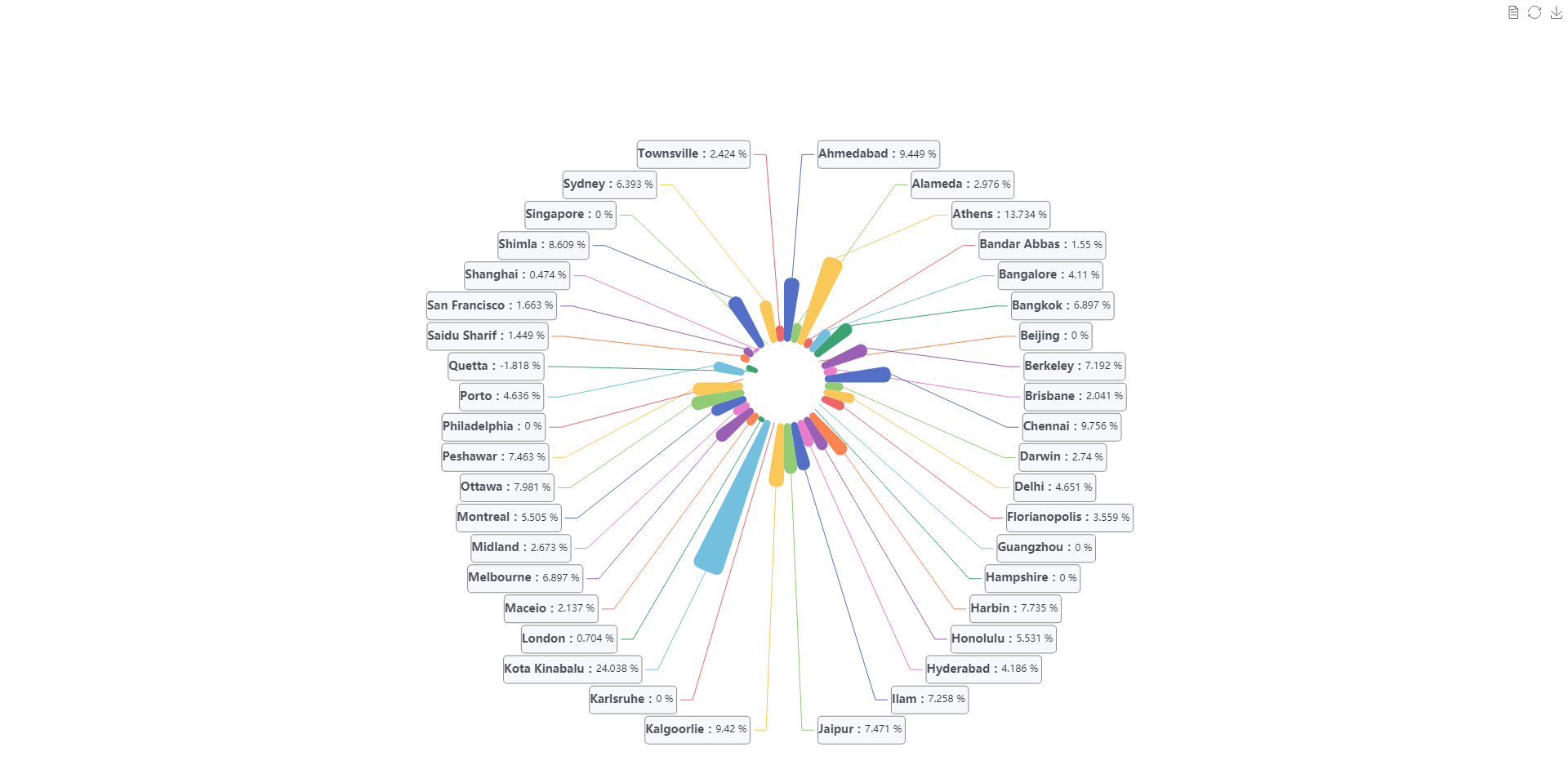Using Lifelong Learning Job in Thermal Comfort Prediction Scenario¶
This document introduces how to use lifelong learning job in thermal comfort prediction scenario. Using the lifelong learning job, our application can automatically retrain, evaluate, and update models based on the data generated at the edge.
Thermal Comfort Prediction Experiment¶
Install Sedna¶
Follow the Sedna installation document to install Sedna.
Prepare Dataset¶
In this example, you can use ASHRAE Global Thermal Comfort Database II to initial lifelong learning job.
We provide a well-processed datasets, including train (trainData.csv), evaluation (testData.csv) and incremental (trainData2.csv) dataset.
cd /data
wget https://kubeedge.obs.cn-north-1.myhuaweicloud.com/examples/atcii-classifier/dataset.tar.gz
tar -zxvf dataset.tar.gz
Create Lifelong Job¶
In this example, $WORKER_NODE is a custom node, you can fill it which you actually run.
WORKER_NODE="edge-node"
Create Dataset
kubectl create -f - <<EOF
apiVersion: sedna.io/v1alpha1
kind: Dataset
metadata:
name: lifelong-dataset
spec:
url: "/data/trainData.csv"
format: "csv"
nodeName: $WORKER_NODE
EOF
Also, you can replace trainData.csv with trainData2.csv which contained in dataset to trigger retraining.
Start The Lifelong Learning Job
kubectl create -f - <<EOF
apiVersion: sedna.io/v1alpha1
kind: LifelongLearningJob
metadata:
name: atcii-classifier-demo
spec:
dataset:
name: "lifelong-dataset"
trainProb: 0.8
trainSpec:
template:
spec:
nodeName: $WORKER_NODE
containers:
- image: kubeedge/sedna-example-lifelong-learning-atcii-classifier:v0.3.0
name: train-worker
imagePullPolicy: IfNotPresent
args: ["train.py"] # training script
env: # Hyperparameters required for training
- name: "early_stopping_rounds"
value: "100"
- name: "metric_name"
value: "mlogloss"
trigger:
checkPeriodSeconds: 60
timer:
start: 02:00
end: 24:00
condition:
operator: ">"
threshold: 500
metric: num_of_samples
evalSpec:
template:
spec:
nodeName: $WORKER_NODE
containers:
- image: kubeedge/sedna-example-lifelong-learning-atcii-classifier:v0.3.0
name: eval-worker
imagePullPolicy: IfNotPresent
args: ["eval.py"]
env:
- name: "metrics"
value: "precision_score"
- name: "metric_param"
value: "{'average': 'micro'}"
- name: "model_threshold" # Threshold for filtering deploy models
value: "0.5"
deploySpec:
template:
spec:
nodeName: $WORKER_NODE
containers:
- image: kubeedge/sedna-example-lifelong-learning-atcii-classifier:v0.3.0
name: infer-worker
imagePullPolicy: IfNotPresent
args: ["inference.py"]
env:
- name: "UT_SAVED_URL" # unseen tasks save path
value: "/ut_saved_url"
- name: "infer_dataset_url" # simulation of the inference samples
value: "/data/testData.csv"
volumeMounts:
- name: utdir
mountPath: /ut_saved_url
- name: inferdata
mountPath: /data/
resources: # user defined resources
limits:
memory: 2Gi
volumes: # user defined volumes
- name: utdir
hostPath:
path: /lifelong/unseen_task/
type: DirectoryOrCreate
- name: inferdata
hostPath:
path: /data/
type: DirectoryOrCreate
outputDir: "/output"
EOF
Note:
outputDircan be set as s3 storage url to save artifacts(model, sample, etc.) into s3, and follow this to set the credentials.
Check Lifelong Learning Job¶
query the service status
kubectl get lifelonglearningjob atcii-classifier-demo
In the lifelonglearningjob resource atcii-classifier-demo, the following trigger is configured:
trigger:
checkPeriodSeconds: 60
timer:
start: 02:00
end: 20:00
condition:
operator: ">"
threshold: 500
metric: num_of_samples
Unseen Tasks samples Labeling¶
In a real word, we need to label the hard examples in our unseen tasks which storage in UT_SAVED_URL with annotation tools and then put the examples to Dataset‘s url.
Effect Display¶
In this example, false and failed detections occur at stage of inference before lifelong learning. After lifelong learning, the precision of the dataset have been improved by 5.12%.
